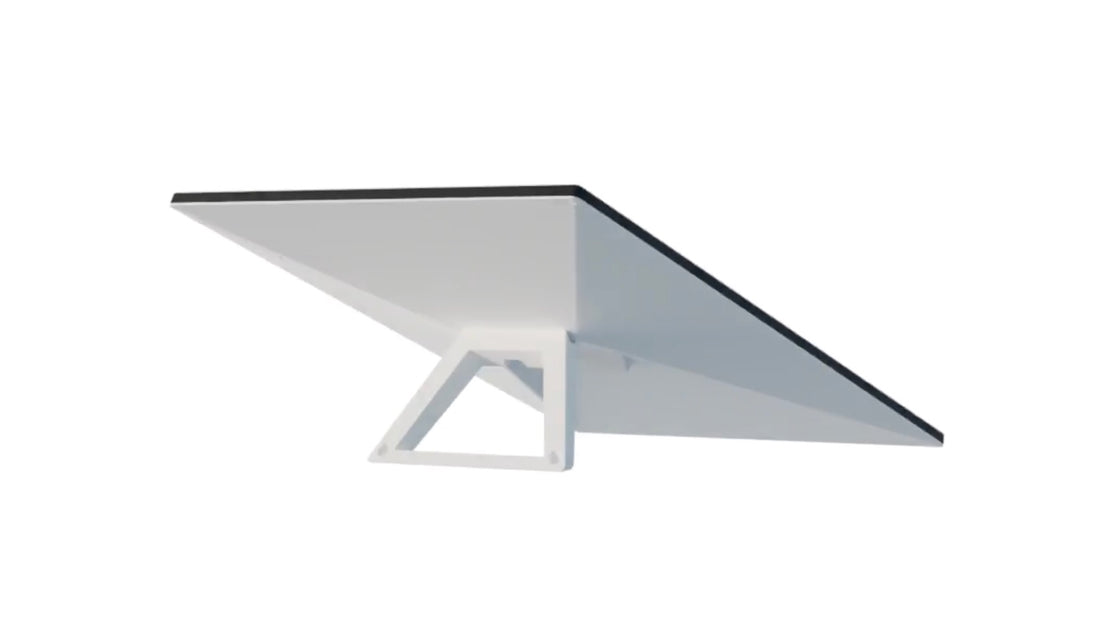Welcome to TecVanLife, where the journey is just as important as the destination, especially for our community of vanlifers. In today's digital age, staying connected is a crucial part of the van life experience. Whether you're working remotely, streaming your favorite shows, or just keeping in touch with loved ones, a reliable internet connection is a must. Enter Starlink, with its Gen 2 and Gen 3 offerings, both vying to be your gateway to the digital world while on the move. Let's compare these two to see which might be the best fit for your van life adventures.

Starlink Gen 2: The Steady Companion
- Wi-Fi Support: With Wi-Fi 5 and dual-band capabilities, Gen 2 ensures you stay connected with most modern devices.
- Ethernet Access: Though not built-in, an Ethernet adapter is available for a wired connection.
- Device Connectivity: Up to 128 devices can be connected, ample for your gadgets and those of fellow travelers.
- Outdoor Suitability: Sporting an IP54 water-resistant rating, it’s built to withstand the challenges of outdoor life.
- Mesh Networking: Compatibility with up to 3 Starlink Mesh nodes means better coverage around your van or campsite.
Starlink Gen 3: The Advanced Nomad
- Upgraded Wi-Fi: Gen 3 boasts Wi-Fi 6, offering faster speeds and tri-band frequencies for a more seamless online experience.
- Enhanced Ethernet Ports: Two Ethernet ports provide more options for direct, stable connections.
- Higher Device Capacity: Connect up to 235 devices, catering to all your tech needs and those of your vanlife community.
- Improved Durability: An IP56 rating provides greater protection against water, a boon for the unpredictable outdoors.
- Expanded Mesh Networking: Compatible with both Gen 2 and Gen 3 Mesh Nodes, enhancing your Wi-Fi's reach.
Key Considerations for Vanlifers
-
Speed and Reliability: Expect download speeds between 5-50Mbps. While these are subject to network conditions, they are generally sufficient for most online needs.
-
Network Priority: Being on the move means you'll be in the Roam category, which has lower priority compared to stationary plans. This could impact your connectivity during peak hours.
-
Power Usage: Energy efficiency is key in van life. Gen 2's power consumption is lower, which could be a deciding factor for those with limited power options.
-
Set Up and Mobility: Both require a clear line of sight to the sky. The setup is straightforward, and the portability allows you to find the sweet spot for the best signal.
-
Flexibility of Service: Month-to-month service with no contract is ideal for the fluctuating needs of vanlifers.
-
Investment and Cost: The initial and ongoing costs are significant, but for many vanlifers, the reliability and coverage of Starlink could be well worth the investment.
Final Thoughts
For vanlifers, both Gen 2 and Gen 3 offer compelling features. Gen 3’s advanced technology might appeal to those who prioritize faster speeds and greater device connectivity. However, Gen 2’s lower power consumption and sufficient capabilities might be more suitable for those with simpler internet needs or power constraints.
As you cruise through scenic landscapes and hidden trails, staying connected helps you share your experiences and remain part of the global community. Starlink, whether Gen 2 or Gen 3, promises to be a reliable companion on your vanlife journey, keeping you connected no matter where the road takes you.
Keep following TecVanLife for more insights and tips tailored for the van life community, and here's to many more connected adventures on the road!


